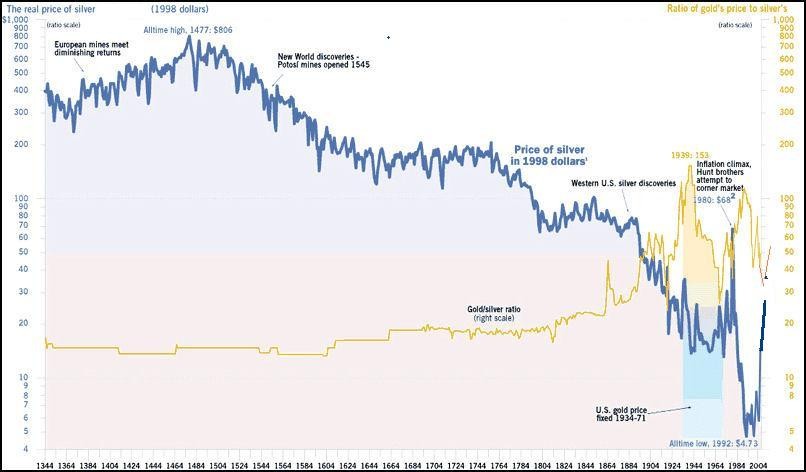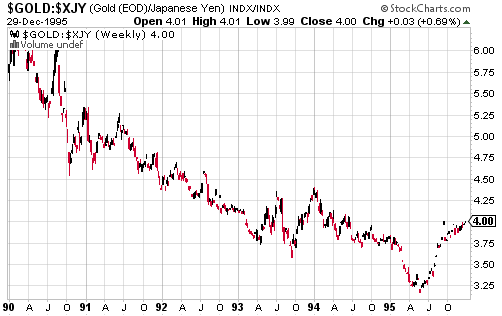A Hedge Against Deflation
Post on: 1 Июль, 2015 No Comment

A Hedge Against Deflation
My personal investment portfolio is quite simple. It’s broadly diversified among ownership positions using equity mutual funds and I hedge my portfolio against the depreciation of the dollar using a link to gold.
That allocation offers me the opportunity to do well during most economic environments while keeping the portfolio safe.
But to have a portfolio designed to offer true financial safety. that portfolio must also be able to weather any economic environment that is thrown our way.
A threat that we’ve not experienced in some time is deflation. A deflationary environment is when there is a decrease in consumer prices and an increase in the buying power of money. Historically, deflation has often led to a depression — such as the one America went through during the 1930s.
So what if the Federal Reserve’s monetary policy triggers another deflationary environment like it did in the late 1920s? How would my portfolio be protected then?
If deflation is on the horizon, I would add a second hedge position to my portfolio and that would be a slice of long-term U.S. Treasury bonds.
Interest rates (the cost of renting money) and bond prices are inversely proportional so as interest rates decline in a deflationary environment, the price of long-term government bonds goes up.
Why TREASURY bonds? As long as the federal government has the ability to create money out of nothing and holds the power of taxation, the threat of credit risk is virtually nonexistent.
Why LONG-TERM bonds? Simply put, the greater the length to maturity, the greater the impact interest rates will have on bond prices. Therefore, if I see the economy heading down the path that leads me to believe the threat of deflation is probable, I want to buy some Treasuries in my portfolio as far out as I can own them.
Remember 1987?
There was a threat of a deflationary collapse due to Alan Greenspan’s tightening of the money supply . Knowing I had to protect my portfolio, I allocated 10 percent of it to long-term U.S. Treasuries.
Then in 1994, there was a spike in interest rates which presented an opportunity to buy more — which I did, and hung on until 1998.

Throughout the year, headlines were filled with news about the Asian crises and the Long Term Capital hedge fund fiasco. The media was touting their usual doom and gloom so the public was buying up bonds which drove up the price of the bonds I owned.
About that time the economy was experiencing high money supply growth and one of the iron laws of economics is you cannot have deflation when new money is created at such a rapid pace. Inflation, yes; but not deflation.
Once I believe Greenspan had created enough money to cover the major deflationary pressures, I sold the long-term Treasury bonds for a handsome profit and have not owned any since.
In summarizing, until there is a compelling reason to argue a pending deflationary collapse in the economy, my portfolio will have nothing to do with bonds.
Until then, diversified ownership is the way to go.
Update: Following the stock market decline of 08-09 we’ve now made the decision to include Swiss francs and gold bullion to our portfolios to aid in downside protection.
For more information visit us at Manarin.com .














